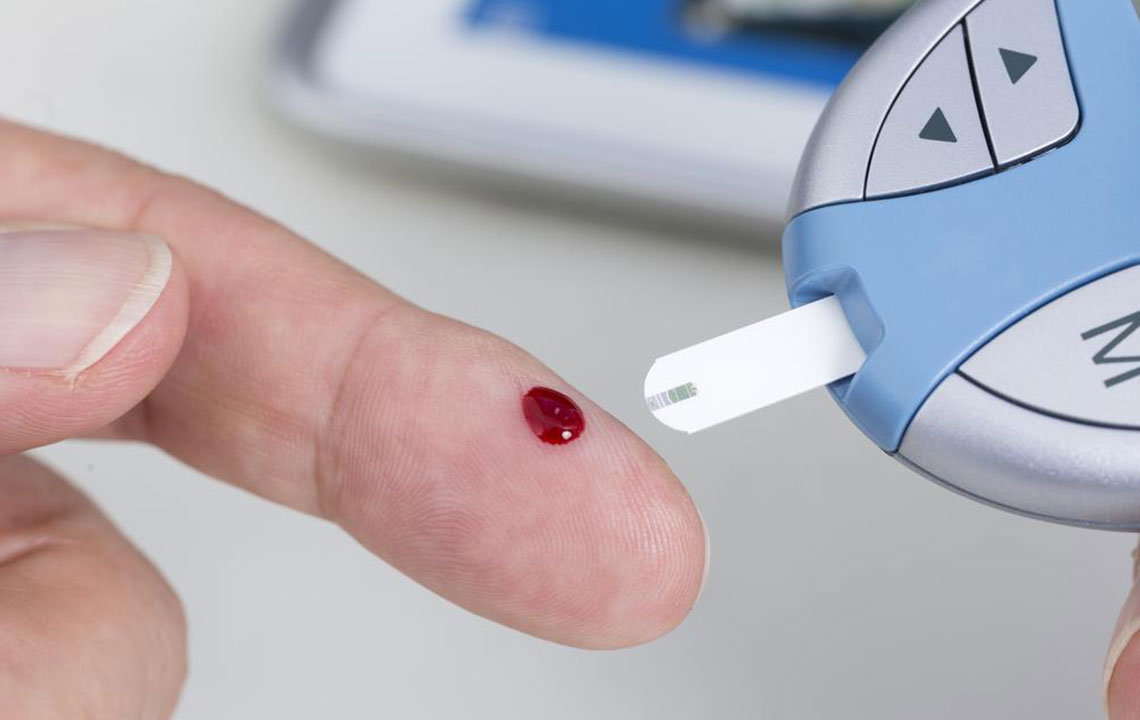Comprehensive Guide to Lowering Your A1C Levels for Better Diabetes Control
This comprehensive guide explores effective strategies to lower A1C levels, essential for diabetes management. It emphasizes lifestyle changes, dietary modifications, and medical advice to help individuals achieve better blood sugar control. Learn how regular exercise, balanced nutrition, and medical supervision can improve your health and reduce diabetes-related risks. Optimal A1C levels enhance quality of life and prevent complications. The article offers practical tips and detailed dietary recommendations, empowering readers to take charge of their health through informed and sustainable choices.

Comprehensive Guide to Lowering Your A1C Levels for Better Diabetes Control
The A1C blood test is a vital diagnostic and monitoring tool for individuals with diabetes. It measures the percentage of hemoglobin molecules in your blood that are glycated, meaning they have glucose attached. Since red blood cells have an average lifespan of about three months, the A1C provides an overview of your average blood sugar levels over the past two to three months. This test is crucial not only for diagnosing diabetes but also for gauging how effectively your current management strategies—such as diet, medication, and lifestyle adjustments—are working. Lower A1C levels generally indicate better control over blood sugar, reducing the risk of complications associated with diabetes, such as nerve damage, kidney issues, and vision problems.
Achieving and maintaining optimal A1C levels is essential for long-term health and quality of life. A reading of 6.5% or higher suggests diabetes, necessitating consideration of various lifestyle and medical strategies to improve blood sugar regulation. Whether you are newly diagnosed or have been managing diabetes for years, understanding how to lower A1C levels is key to better health outcomes. The goal is to keep your A1C within a target range set by your healthcare provider, typically below 7% for many adults with diabetes, though individual goals may vary based on age, health status, and other factors. Strategies for reducing A1C include lifestyle modifications, diet adjustments, and potential medication optimization.
Maintaining a stable blood sugar level not only reduces the risk of immediate complications but also prevents long-term organ damage. Making informed changes to your daily routine can make a significant difference. Here, we delve into effective methods for managing and lowering A1C, emphasizing practical steps, dietary recommendations, and the importance of regular medical checkups. With patience and dedication, you can achieve better diabetes control, improve overall health, and enjoy a more active and fulfilling life.
Proven Strategies for Managing and Reducing Your A1C Levels
Regular Physical Activity: Engaging in consistent exercise routines is one of the most effective ways to lower A1C. Aim for at least 30 to 40 minutes of moderate-intensity activity five days a week. Incorporate a variety of exercises, such as brisk walking, cycling, swimming, or sports, to keep routines engaging. Exercise helps your muscles use glucose more effectively and improves insulin sensitivity, leading to better blood sugar control.
Consult with your healthcare provider to set personalized activity goals based on your health status, age, and physical ability. If you are new to exercise or have limitations, start slowly and gradually increase intensity and duration. Remember, even small amounts of physical activity can accumulate to produce significant health benefits and improve your A1C over time.
Optimized Dietary Choices: Your diet plays a pivotal role in managing blood sugar levels. It is essential to focus on foods that stabilize glucose and avoid those that cause spikes. Increase your intake of high-fiber foods, which slow glucose absorption and promote satiety, making it easier to manage portions and calorie intake.
Prioritize a balanced diet rich in whole grains, vegetables, lean proteins, and healthy fats. Minimize consumption of processed foods, fried items, and foods high in saturated fats. Consider reducing your intake of sugary foods and beverages, as they can cause quick and sharp increases in blood glucose levels.
Some specific dietary recommendations include:
Whole grains such as brown rice, oats, barley, and millet
Green leafy vegetables like spinach, kale, and collard greens, along with carrots and cucumbers
Citrus fruits and berries, which are rich in antioxidants and vitamins
Fatty fish such as salmon, mackerel, and tuna, known for their omega-3 fatty acids
Legumes including beans, lentils, and chickpeas as excellent sources of protein and fiber
What to Limit or Avoid:
Fried and fast foods
High-fat dairy products like cream, cheese, and butter
Sugary drinks such as sodas, sweetened teas, and energy drinks
Red and processed meats, which are linked to increased health risks
Moderation is key. Include low-fat dairy options like yogurt and milk in your diet. Incorporate nuts and seeds for healthy fats and satiety. Maintain a consistent eating schedule by sticking to regular meal times—skipping meals or overeating can disrupt blood sugar levels and hinder A1C management.
In addition to these dietary changes, mindful eating practices and portion control are crucial. Regular monitoring of blood glucose levels helps you understand how different foods affect your sugar levels, allowing you to make more informed choices.
Understanding your target A1C level is important. While individual goals may vary, aiming for a consistent, lower A1C generally leads to better health outcomes. Always consult your healthcare provider before making significant lifestyle changes or starting new medications to ensure your approach is safe and effective. Through patience, consistency, and a proactive attitude toward your health, you can successfully lower your A1C, reduce your risk of complications, and enjoy an improved quality of life.





